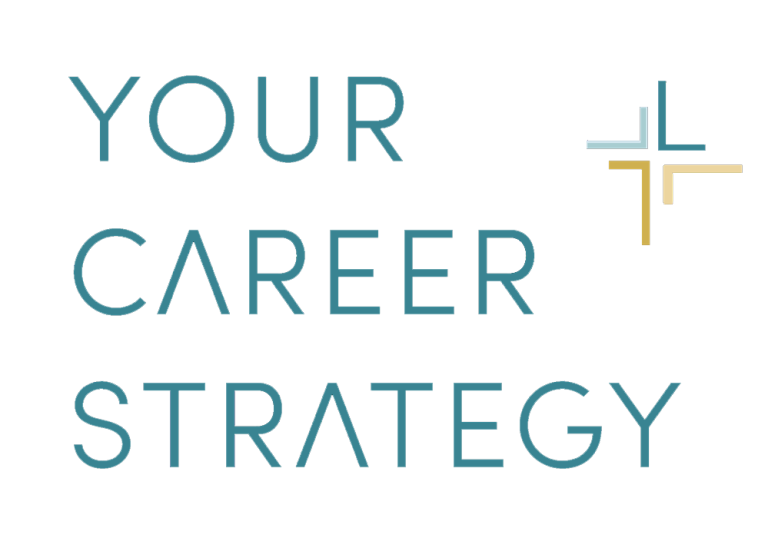Jobs AI Can’t Replace: Future-Proof Careers in a Changing World
Generative AI is praised as a groundbreaking invention by some and feared as robots ready to take your job by others. Regardless of where you stand, one thing is clear: AI is here to stay. Rather than resist this tide of innovation, we must understand its implications—particularly on employment—and adapt to the changing landscape.
In this article, we’ll explore jobs that are likely safe from AI’s reach, delve into roles that may be at risk, and offer insights into how to future-proof your career in an AI-driven world.
What You’ll Learn After Reading This Article:
· What is Generative AI?
· The jobs most likely safe from AI.
· The roles most at risk of automation and AI.
Actionable steps to stay competitive in the workforce.
What Is Generative AI?
Generative AI refers to artificial intelligence systems capable of producing new content—text, images, music, or even code—by analyzing patterns in existing data. A prime example is ChatGPT by OpenAI, which has transformed how we work, create, and communicate.
While Generative AI tools can enhance productivity and creativity, they also raise concerns about job security. How do we know which roles are safe and which might face automation? To answer this, let’s explore the human traits and skills AI struggles to replicate.
Jobs AI Can’t Replace
AI may be a powerful tool, but its limitations ensure some jobs remain uniquely human. Here are five categories of roles that are likely safe:
1. Healthcare Professionals (Doctors, Nurses, Therapists)
Healthcare roles require a combination of technical knowledge and empathy—something AI struggles to emulate.
Why It’s Safe:
Human Connection: Imagine a laboring mother deciding on an epidural. While AI could provide data, it cannot empathize with her pain or offer reassurance.
Ethical Judgments: Medical decisions often require moral considerations that go beyond algorithmic capabilities.
AI enhances healthcare through tools like diagnostic software or robotic surgery, but human oversight and emotional intelligence are indispensable.
2. Educators and Teachers
Despite AI’s ability to store and present vast amounts of information, it falls short in engaging students emotionally and adapting to diverse learning needs.
Why It’s Safe:
Classroom Dynamics: Teaching isn’t just about conveying facts—it’s about inspiring, motivating, and managing a room full of unique personalities.
Post-Pandemic Insights: The challenges of remote learning during COVID-19 proved that physical classrooms foster better focus, collaboration, and social development.
While AI tools like personalized learning apps can assist educators, they’ll never replace the guiding hand of a skilled teacher.
3. Creative Professionals (Writers, Artists, Musicians)
AI can generate content, but it lacks the originality, intuition, and personal experiences that fuel human creativity.
Why It’s Safe:
Emotional Resonance: AI might produce a technically sound song, but it can’t replicate the soul of a ballad written from heartbreak.
Unpredictability: Creative endeavors thrive on innovation and risk-taking, areas where AI is inherently limited.
However, AI can be an excellent collaborator, streamlining workflows or providing creative prompts.
4. Skilled Trades (Plumbers, Electricians, Mechanics)
Trades that require physical labor and on-site problem-solving remain largely human-dependent.
Why It’s Safe:
Human Adaptability: Repair jobs often involve unforeseen complications that require quick thinking and improvisation.
Customer Interaction: Trust and relationship-building are vital in service industries, and AI can’t replicate these human traits.
AI might help diagnose problems or suggest solutions, but skilled professionals will always be needed to execute repairs.
5. Entrepreneurs and Business Leaders
AI can assist with analysis and automation, but innovation, vision, and leadership remain firmly in human hands.
Why It’s Safe:
Strategic Decision-Making: Business leaders weigh diverse, often conflicting factors—something beyond AI’s capacity.
Human Networks: Building relationships, inspiring teams, and negotiating deals are quintessentially human skills.
Entrepreneurs, in particular, will continue to thrive by leveraging AI as a tool to bring innovative ideas to life.
Jobs at Risk of Automation
While some roles are safe, others face significant disruption due to AI:
1. Data Entry Clerks: Replaced by AI systems that process data faster and with greater accuracy.
Telemarketers: Automated calling systems and chatbots are more cost-effective.
2. Retail Cashiers: Self-checkout and contactless payment technologies reduce the need for human cashiers.
3. Assembly Line Workers: Robotics have already transformed manufacturing with increased efficiency.
These roles are often repetitive, rule-based, and require little human interaction—making them prime candidates for automation.
Future-Proofing Your Career
Here are actionable steps to safeguard your career:
Embrace Lifelong Learning: Stay updated with emerging trends in your industry and continually upskill.
Cultivate Emotional Intelligence: Focus on interpersonal skills like empathy, communication, and leadership.
Leverage AI Tools: Learn to work alongside AI by using it to enhance, not replace, your work.
Build a Professional Network: Connections in your field can open doors and provide valuable support during transitions.
Conclusion
Generative AI is reshaping the workforce, but it’s far from a job apocalypse. Roles that require human creativity, empathy, and adaptability remain safe, while repetitive tasks are more likely to face automation.
If you’re rethinking your career strategy, consider seeking guidance from a career coach. At Your Career Strategy, we specialize in helping professionals navigate change and achieve their goals.
Click here to book a free 45-minute consultation and start future-proofing your career today!






